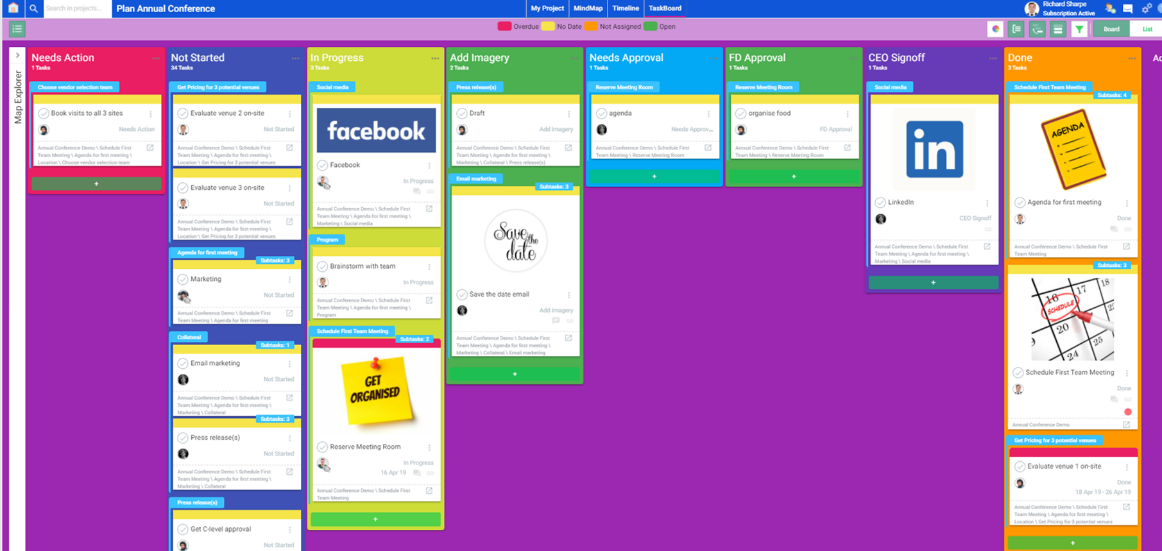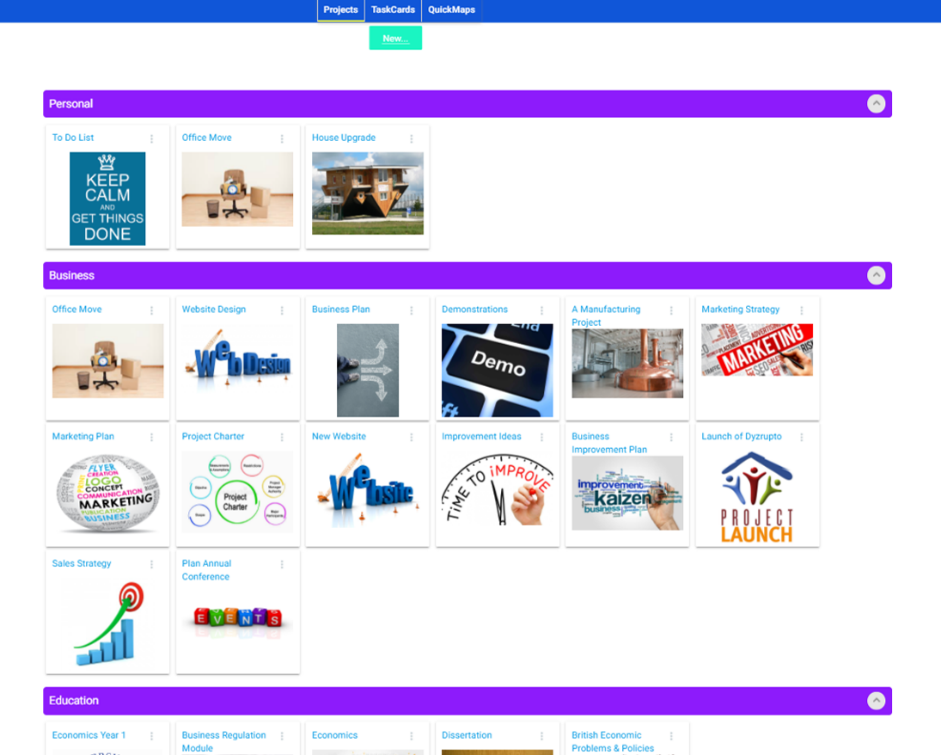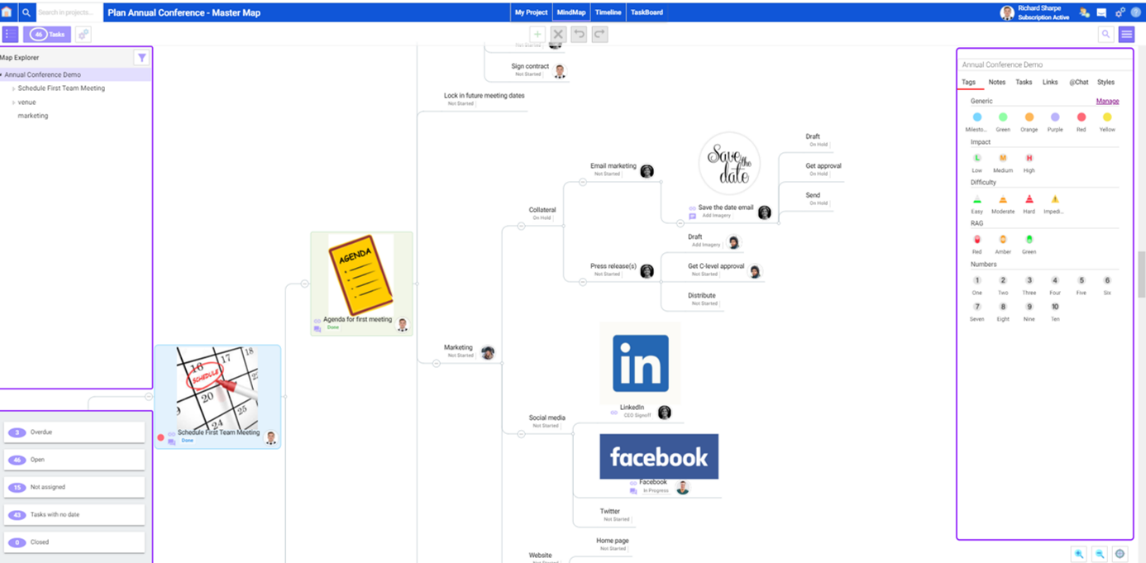Artificial intelligence is everywhere in the news. Will people eventually marry robots, can AI be responsible, what is AI going to do to jobs, people, cars, houses… even project management.
What are the trends? Are we going to make good use of AI and keep it in check, or will we end up in a Matrix-like environment in the year 2100 or beyond? Scary, thought provoking stuff, right? But none of it is far-fetched at all if you really consider it.
First, though – let’s think short term. Will artificial intelligence be part of your next project portfolio management (PPM) tool? Can it be? Should it be? Let us first consider the general functionality of a project portfolio management tool. What should it do for you? What do you want or need it to be for your PM infrastructure and organization?
By definition, a project portfolio management tool refers to “a software tool that helps an organization through the process used by project managers and project management organizations (PMOs) to analyze the potential return on undertaking a project. By organizing and consolidating every piece of data regarding proposed and current projects, project portfolio managers provide forecasting and business analysis for companies looking to invest in new projects.”
Artificial intelligence, sometimes called machine intelligence, is “intelligence demonstrated by machines, in contrast to the natural intelligence displayed by humans.” Leading AI textbooks define the field as the study of intelligent agents: any device that perceives its environment and takes actions that maximize its chance of successfully achieving its goals. Colloquially, the term artificial intelligence is often used to describe machines (or computers) that mimic cognitive functions that humans associate with the human mind, such as learning and problem solving.
Next, let’s consider what are the key features of a PPM tool? What are we asking it to do for us in general terms?
We ask our PPM tools to:
- Plan work and schedule resources
- Prioritize our projects in the hopper based on need and resource availability
- Help us strategize which projects we take on and which we skip over based on our missions and goals for the organization
- Be scalable with our growing project portfolios and changing organizational directions and needs
- Re-align periodically with strategy and execution. Again, the product will flex with the changes and changing directions and needs of your organization
- Provide useful reports that help with forward thinking decision making for senior management and project management offices (PMOs)
- Create flexible workflows in projects and across projects
- Create the tried and true Gantt chart functionality
- Allow for project resource and planning collaboration
- Offer a useful mobile capability for on the go decision makers and project players
- Help manage and track risks across the portfolio of projects for an organization
Advertisement
[widget id=”custom_html-68″]
How can artificial intelligence help?
So, given this list, what can artificial intelligence do to help? Over time, probably everything. AI grows, learns, scales and makes decisions as it continues to work. Our Alexa in our house is getting better… slowly… learning more details and facts to answer our questions with as well as understand our music and information preferences. Slowly, but surely, we have to give it less detail in our requests to get it to understand what we want and what we need it to do with many of the commands and questions we ask of it. What can a much more powerful AI experience do for an IT shop with a growing project portfolio that needs help managing information, making decisions and providing detailed status reporting to help all the stakeholders and decision makers in the organization?
To do this, artificial intelligence can step in and provide in the following areas…
Manage financials, financial planning and budget performance.
Anything numeric like project financial tracking, analysis and forecasting can very successfully utilize artificial intelligence to provide meaningful up to date reporting in this very critical element of managing each project and the portfolio as a whole.
Meaningful reporting.
Reporting is a perfect use of AI. With existing project reporting available as history and company guidelines to meet up with, AI can assist the project managers and the project management office with the weekly reporting requirements for status calls, team meetings and customer needs and requirements. Perfect – and error free – unbiased reporting will likely be the result much to the delight of customers, project teams and senior management in the organization.
Decision help on prioritizing projects across available resources and skill set needs.
If AI knows what each project needs – and it can because PM’s and administrators will tell it that from project requirements and statement of works – then it can consider what’s available when and tell us what projects to go after next and avoid mistakes of starting projects without the available resources to ever complete them.
Do the grunt work on scheduling tasks and creating Gantt charts.
Nothing says boring in project management like creating Gantt charts. Right? Or is that just me? I’ve done it for 20+ years and for me it has never been the exciting element of project management. It’s part of the necessary planning and management of projects, but it is what it is – a necessary task. A required element. Managing the team, engaging the client, making the tough decisions. That’s what makes me tick as a project manager. Let AI take care of the Gantt charting and it can do it – just feed it the existing Gantt chart info and let it learn how best to handle tweaking it on a project by project basis. It will improve and perfect over time.
Summary / call for input
The bottom line is this – there is no doubt that artificial intelligence is in everyone’s future. In many ways, it’s in our “today” as well, we just don’t realize it because we are accepting and utilizing simple AI in many products and forms already. We are just calling it something else, but it is there in Siri, Alexa, Google Assistant, and others that are providing us daily with information. What’s more, Siri was initially developed by the SRI International Artificial Intelligence Center. Its name speaks for itself. To summarize everything said above, yes, Siri and those other devices are all great examples of AI creeping into our daily lives.
Readers – what’s your take? Are you ready to embrace artificial intelligence and all it has to offer as we know it today? Do you fear the future or are you confident we can use it wisely and keep it in check? Do you think it has its place in project management and project portfolio management and associated tools and services?















